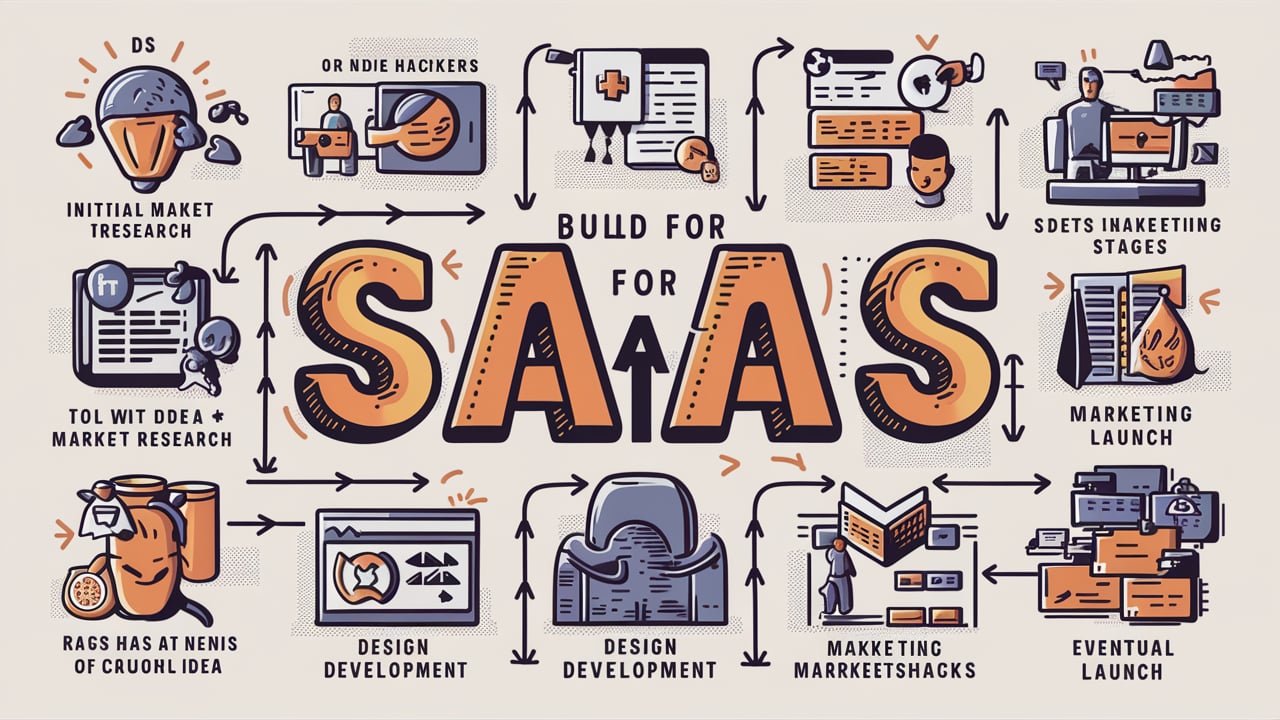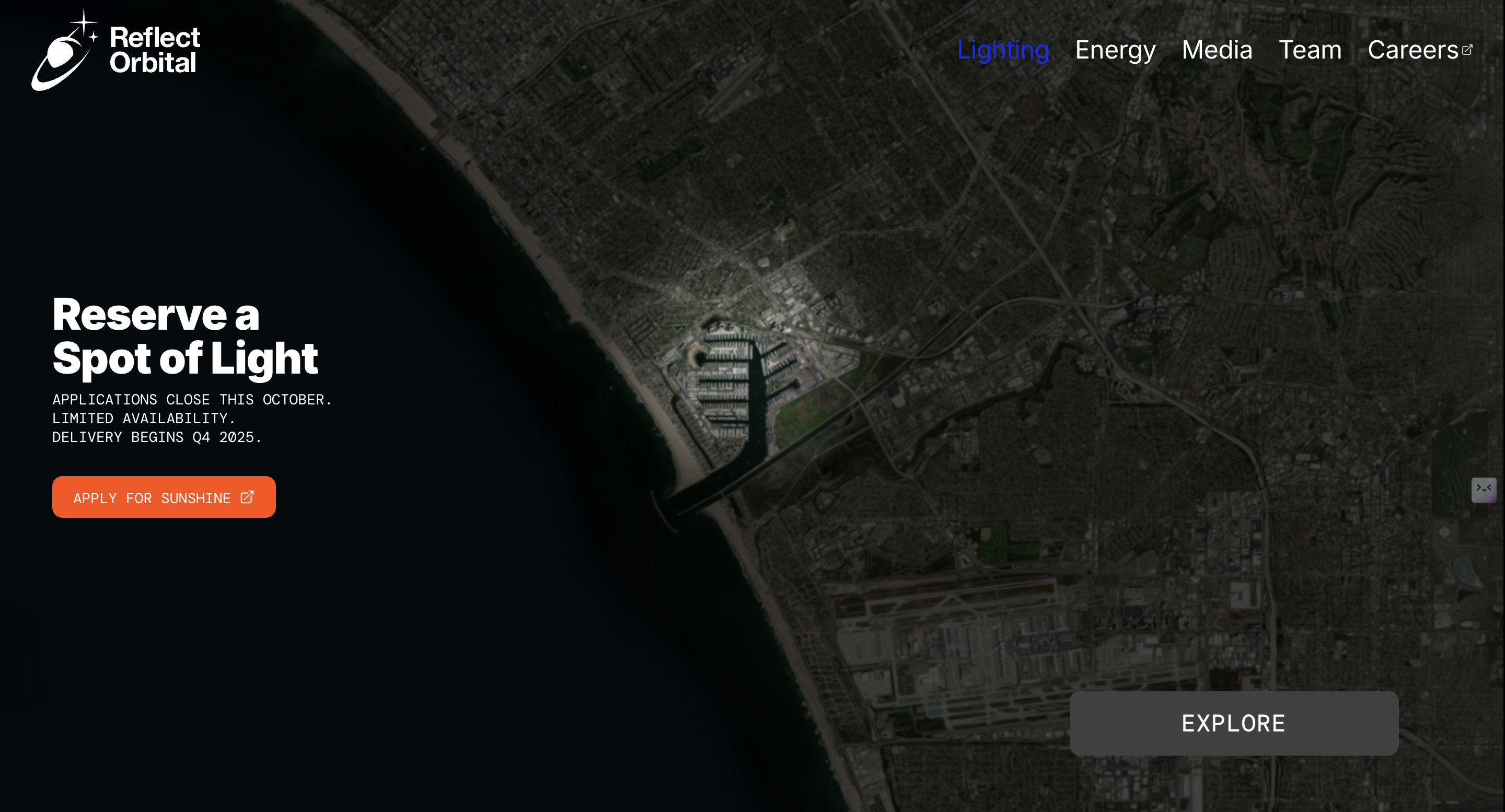Building a Software as a Service (SaaS) product can be an exciting yet daunting task, especially for first-time entrepreneurs. This guide will walk you through the essential steps, tools, and challenges you may encounter while developing your SaaS product. By the end, you will have a blueprint to follow, a task list to keep you organized, and insights into common pitfalls to avoid.
Understanding SaaS
SaaS is a software distribution model where applications are hosted in the cloud and made available to users over the internet. This model eliminates the need for users to install and maintain software on their local machines, making it a convenient option for businesses and individuals alike.
Blueprint for Building a SaaS Product
1. Ideation and Market Research
Tools Required:
- Google Trends: For understanding market demand.
- SurveyMonkey or Typeform: To gather feedback from potential users.
- Competitor Analysis Tools (e.g., SEMrush, Ahrefs): To study competitors.
Task List:
- Identify a problem that your SaaS product will solve.
- Conduct market research to validate your idea.
- Analyze competitors to understand their strengths and weaknesses.
Things to Consider:
- Ensure that your idea has a unique value proposition (UVP) that differentiates it from existing products.
2. Defining the Product
Tools Required:
- Miro or Figma: For creating wireframes and mockups.
- Trello or Asana: For project management.
Task List:
- Define the core features of your SaaS product.
- Create wireframes or prototypes to visualize the user interface (UI).
- Prioritize features based on user needs and technical feasibility.
Things to Consider:
- Start with an MVP (Minimum Viable Product) to validate your concept with real users before investing in full development.
3. Choosing the Technology Stack
Tools Required:
- React or Vue.js: For frontend development.
- Node.js or Django: For backend development.
- Vercel or Netlify: For deployment and hosting.
- Stripe: For payment processing.
Task List:
- Choose a programming language and framework for both frontend and backend development.
- Set up a cloud-based infrastructure for scalability (e.g., AWS, Google Cloud).
- Integrate third-party APIs (e.g., payment gateways, analytics).
Things to Consider:
- Opt for a technology stack that aligns with your team’s expertise and the product’s requirements.
4. Development and Testing
Tools Required:
- GitHub: For version control and collaboration.
- Jenkins or CircleCI: For continuous integration and deployment.
- Postman: For API testing.
- Sentry: For error tracking and monitoring.
Task List:
- Set up version control to manage code changes.
- Develop the backend, frontend, and database.
- Perform unit, integration, and user acceptance testing (UAT).
- Implement continuous integration/continuous deployment (CI/CD) pipelines.
Things to Consider:
- Regularly test your product to identify and fix bugs early in the development cycle.
5. Launch and Marketing
Tools Required:
- Google Analytics: For tracking user behavior.
- Mailchimp: For email marketing.
- Hotjar: For heatmaps and user feedback.
Task List:
- Deploy your SaaS product on a live server.
- Create a marketing strategy to attract early users (e.g., content marketing, social media).
- Set up customer support channels (e.g., live chat, helpdesk).
Things to Consider:
- Offer a free trial or freemium model to attract users and gather feedback.
6. Scaling and Growth
Tools Required:
- AWS or Azure: For scalable cloud infrastructure.
- Segment: For customer data management.
- Intercom: For customer engagement and support.
Task List:
- Monitor product performance and user feedback.
- Optimize the product based on user behavior and analytics.
- Implement growth strategies (e.g., referral programs, partnerships).
Things to Consider:
- Continuously iterate on your product to meet evolving user needs and market trends.
BONUS
Limelight for your product
- Product Hunt: List your Saas on ProductHunt and get more users and word for your product( Facebook for Techie)
- BetaList: Similar to ProductHunt.
- Linkedin: Find groups related to ProductHunt Marketing and reach out to people via Cold DM
- Reddit: Go to reddit find your target audience and ask for their feedback.
FAQ: Common Challenges for First-Time SaaS Founders
- How do I manage development costs?
- Solution: Start with an MVP and use cost-effective tools like open-source software and cloud-based platforms to minimize expenses.
- How do I find the right team?
- Solution: Hire developers with experience in SaaS and use platforms like LinkedIn and GitHub to find talent.
- How do I secure my SaaS product?
- Solution: Implement security best practices such as data encryption, regular security audits, and compliance with industry standards (e.g., GDPR).
- How do I attract and retain users?
- Solution: Focus on delivering value, offer excellent customer support, and use data-driven marketing strategies to target the right audience.
- How do I handle scaling issues?
- Solution: Use cloud-based infrastructure that scales automatically and optimize your code and database queries for performance.
Learning Resources for First-Time SaaS Founders
For those new to building SaaS products, There are 2 following course which are highly recommended:
- For those looking to learn how to build a SaaS product from scratch, consider enrolling in a comprehensive course. One highly-rated option is “Zero to SaaS: How to Start, Build, and Scale Your SaaS“. This course covers everything from ideation to launch, providing valuable insights and practical advice for first-time founder
OR
- Course: “SaaS Masterclass: Build & Launch a SaaS Product from Scratch”
- Platform: Udemy
- Link: SaaS Masterclass on Udemy
- Overview: This course covers everything from ideation to launch, including coding, UI/UX design, and marketing strategies. It’s ideal for beginners who want to learn how to build a SaaS product from the ground up.
Conclusion
Building a SaaS product is a complex yet rewarding endeavor. By following this blueprint, using the right tools, and staying focused on your goals, you can successfully bring your SaaS product to market. Remember, the journey is iterative—continually gather feedback, improve your product, and scale as you grow.
For first-time entrepreneurs, the key is to start small, learn from each phase, and leverage resources and tools to guide you along the way. With dedication and the right approach, you can turn your SaaS idea into a thriving business.
Also Read Startup Ecosystem in Australia
Also Read AI trading Bots EXPOSED
Free Course link Zero to Saas










One thought on “*BONUS INCLUDED* How to Build a SaaS Product: 6 Step-by-Step Blueprint for First-Time Entrepreneurs.”